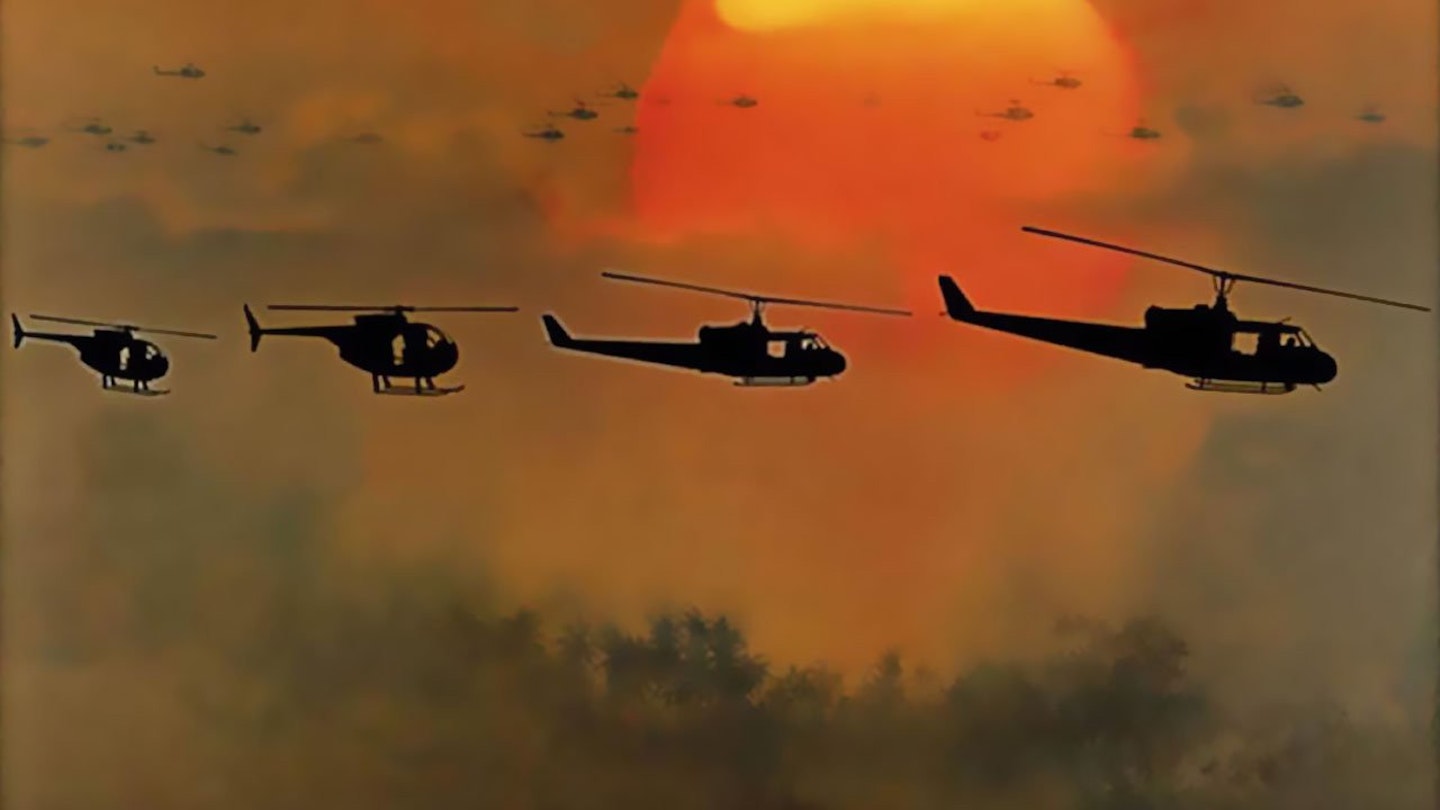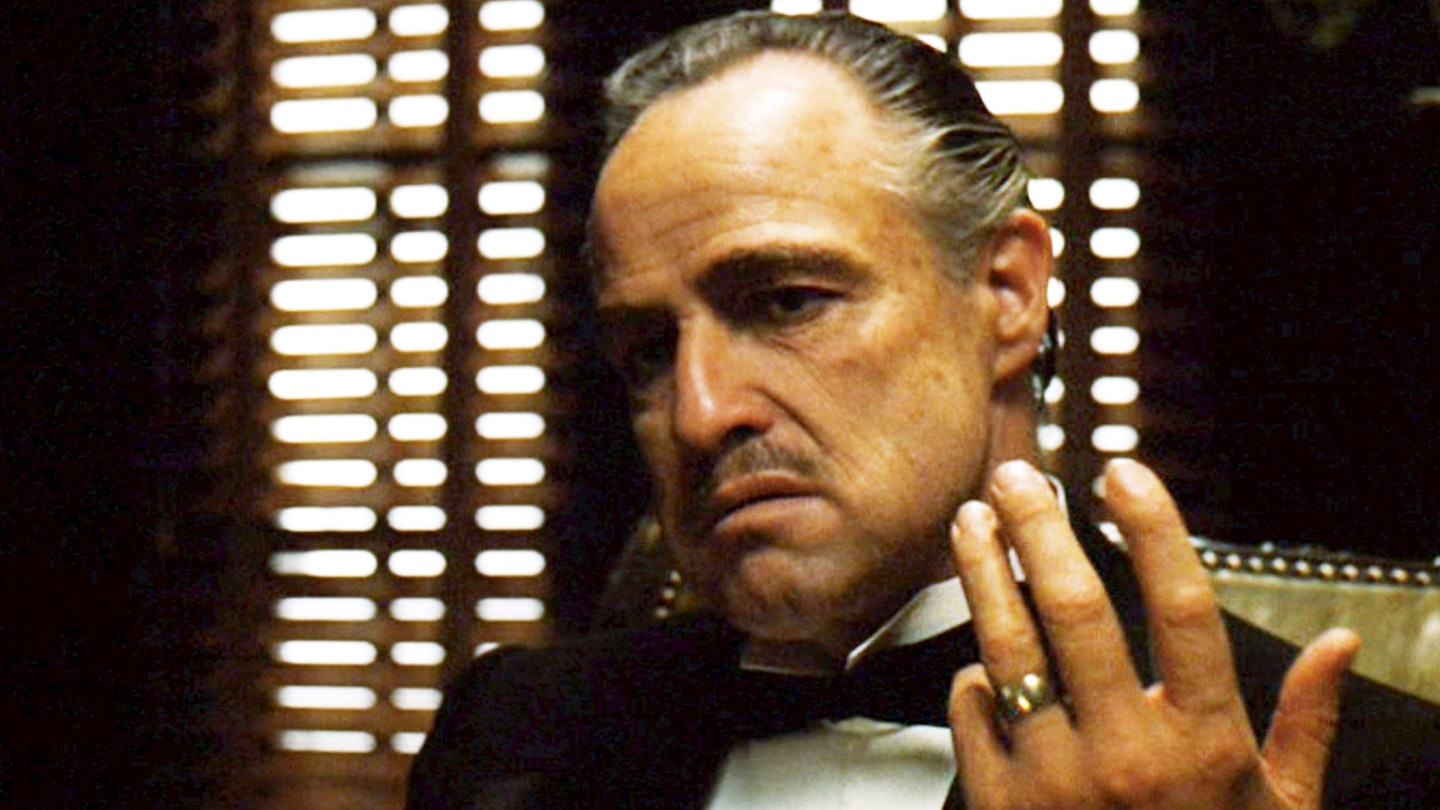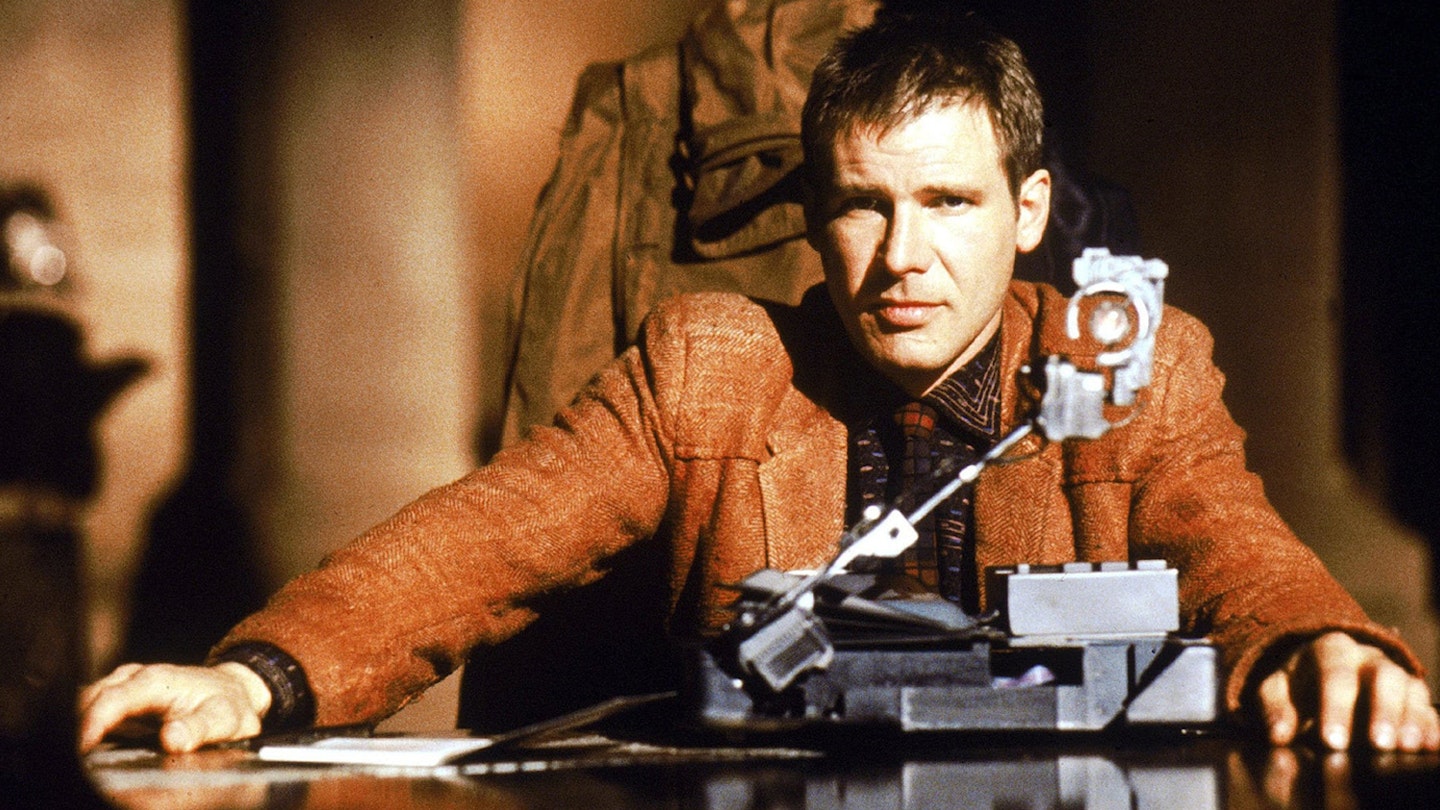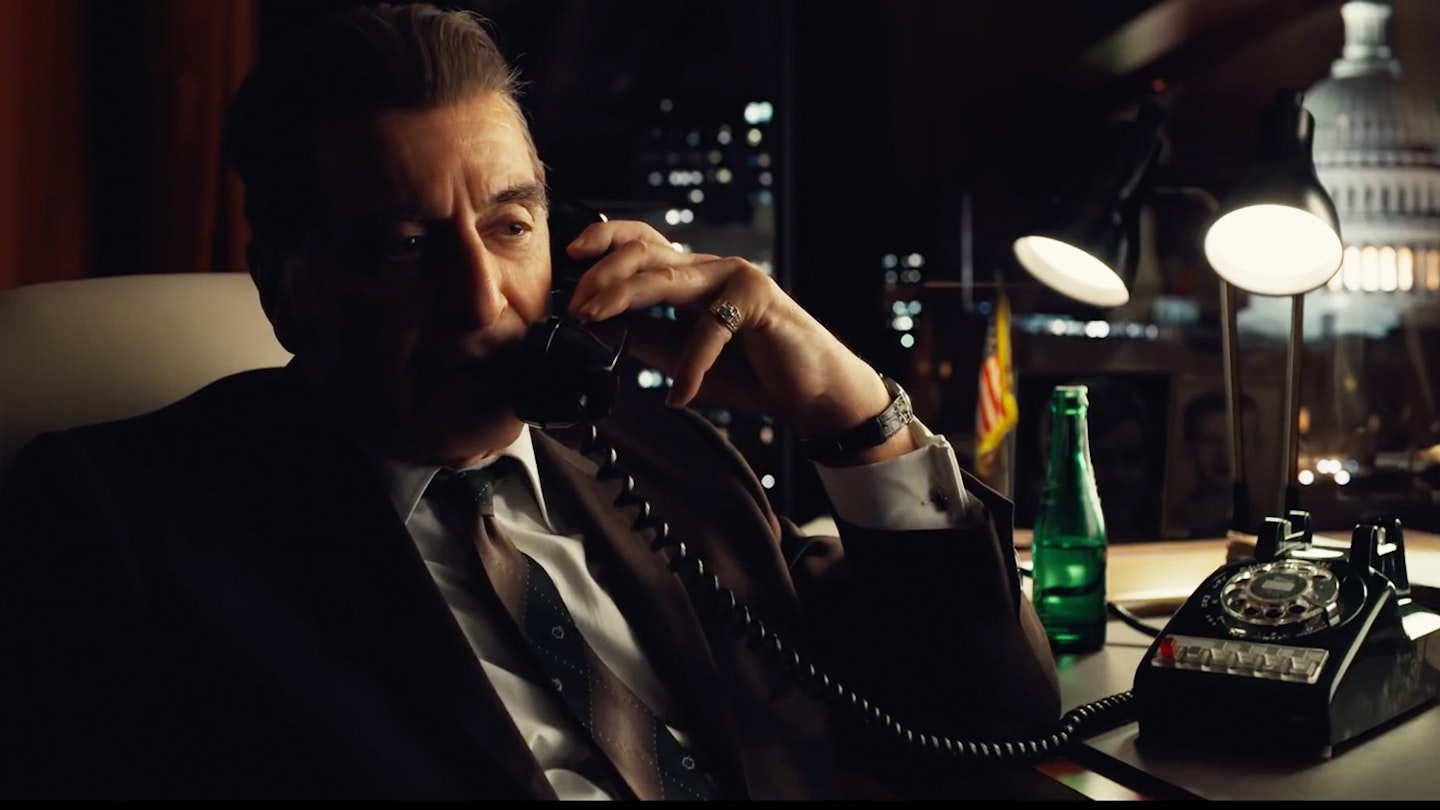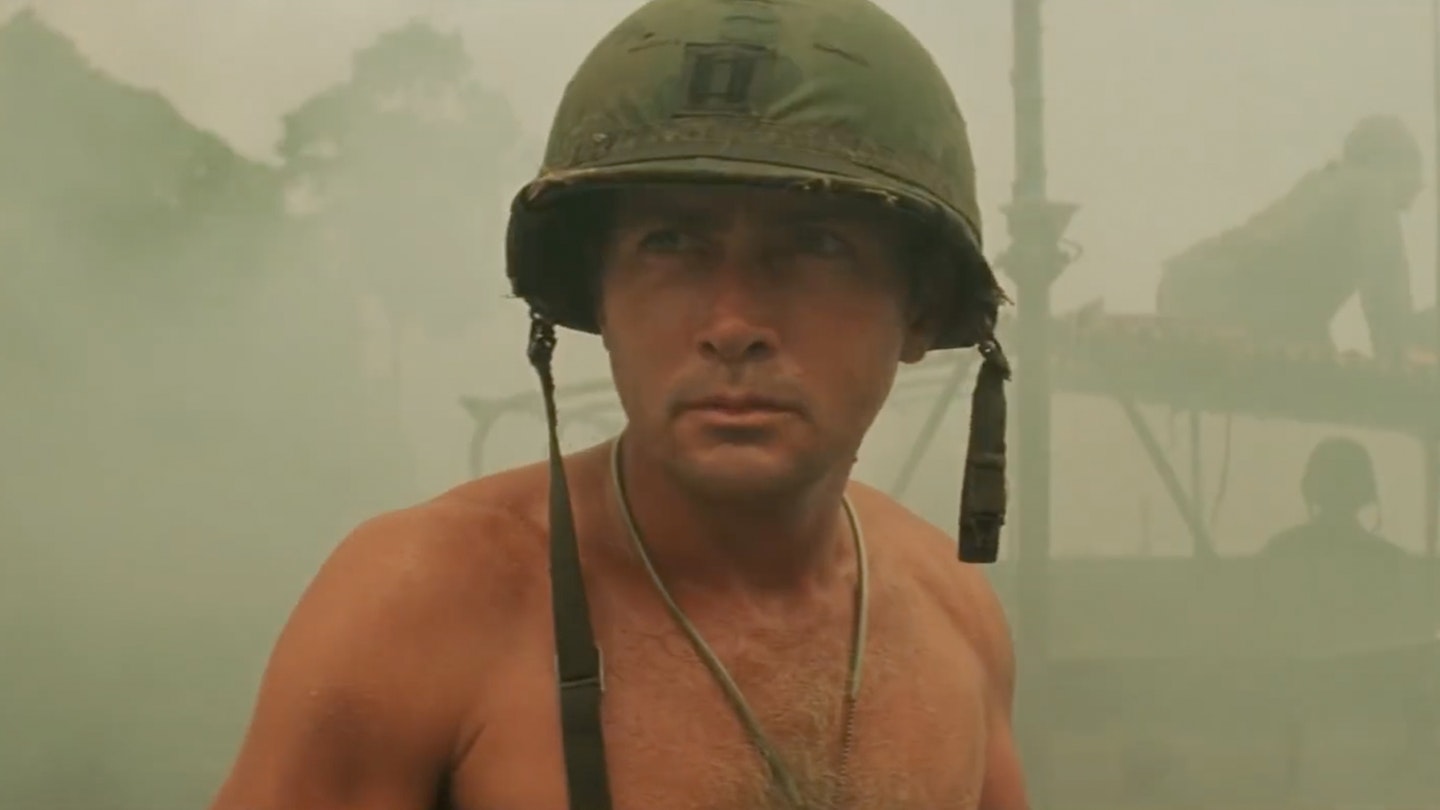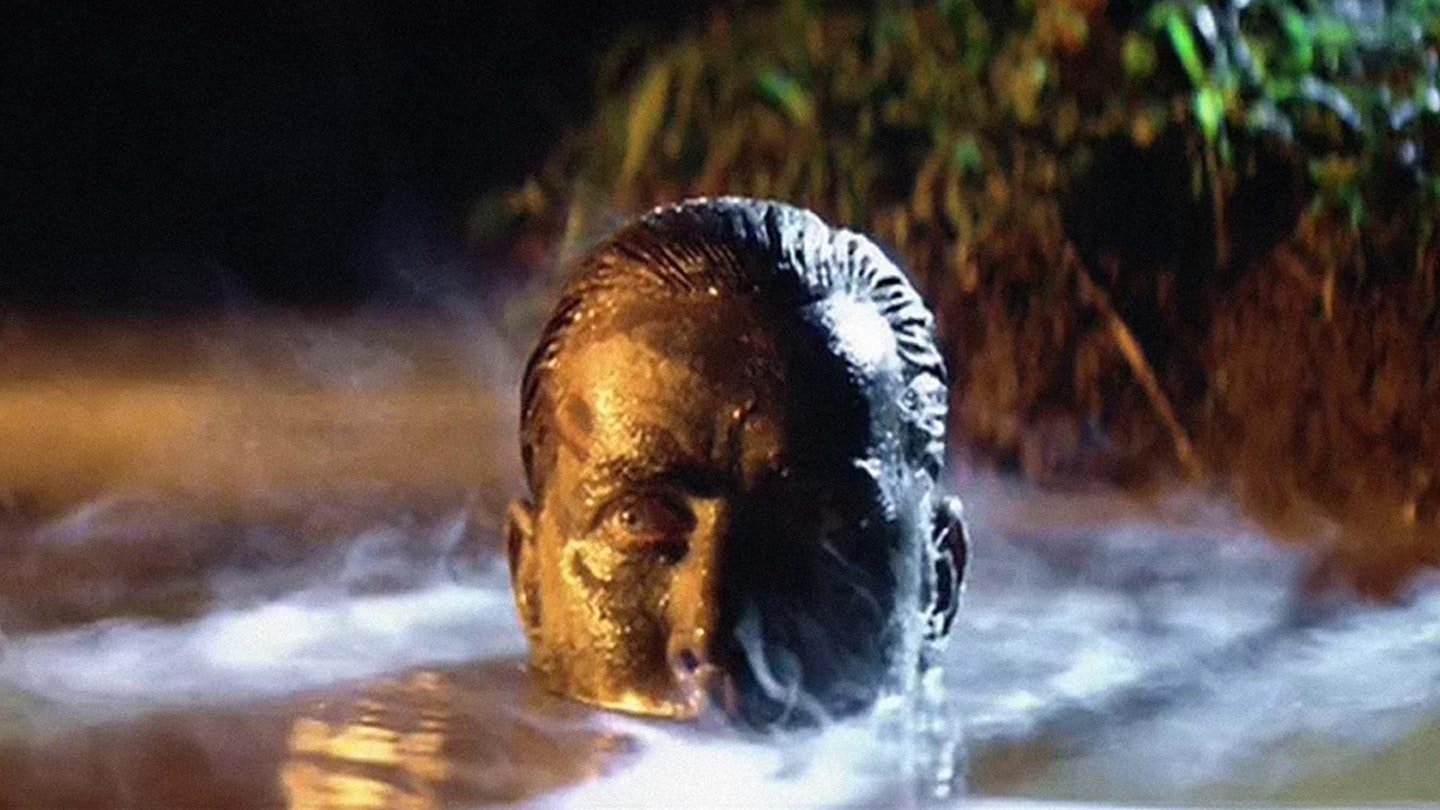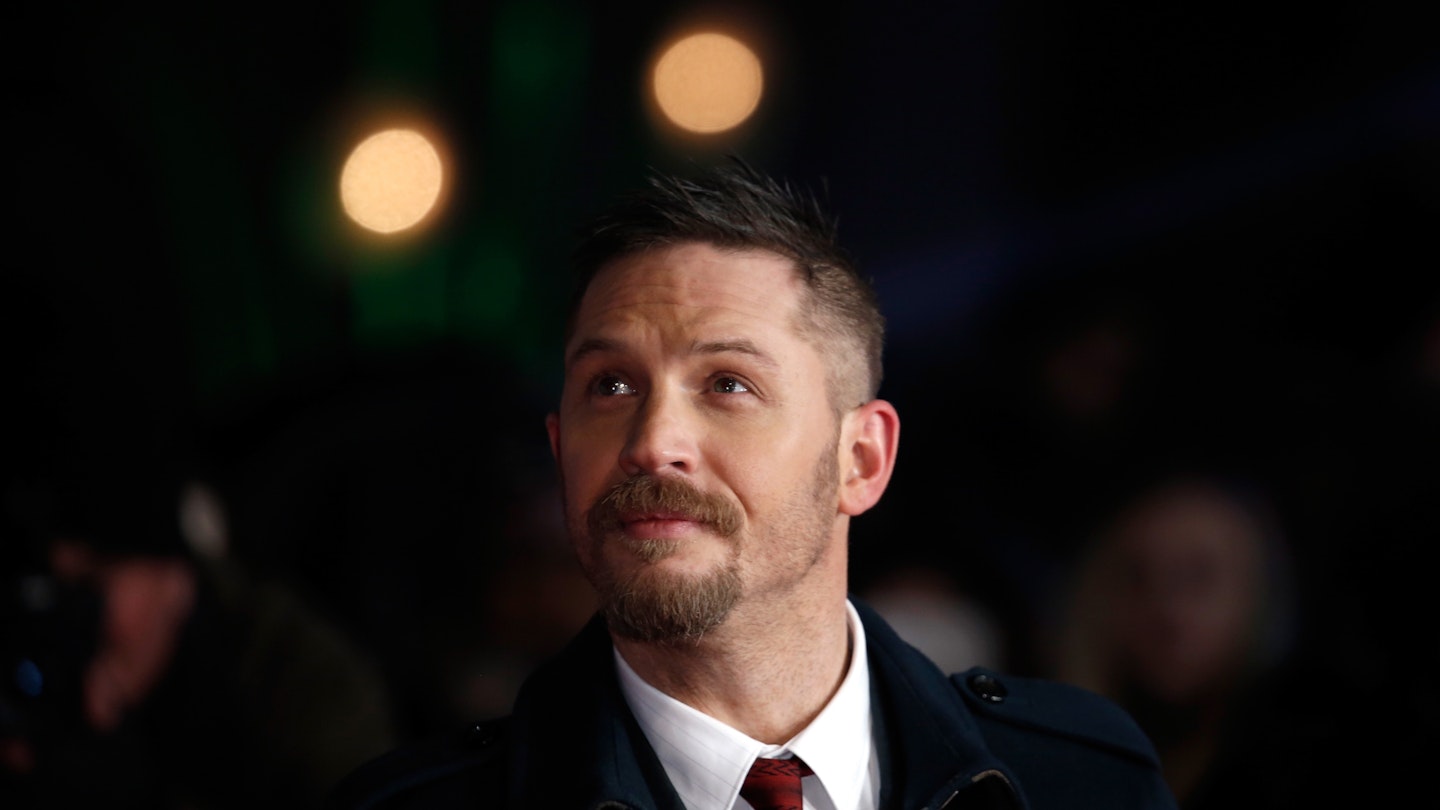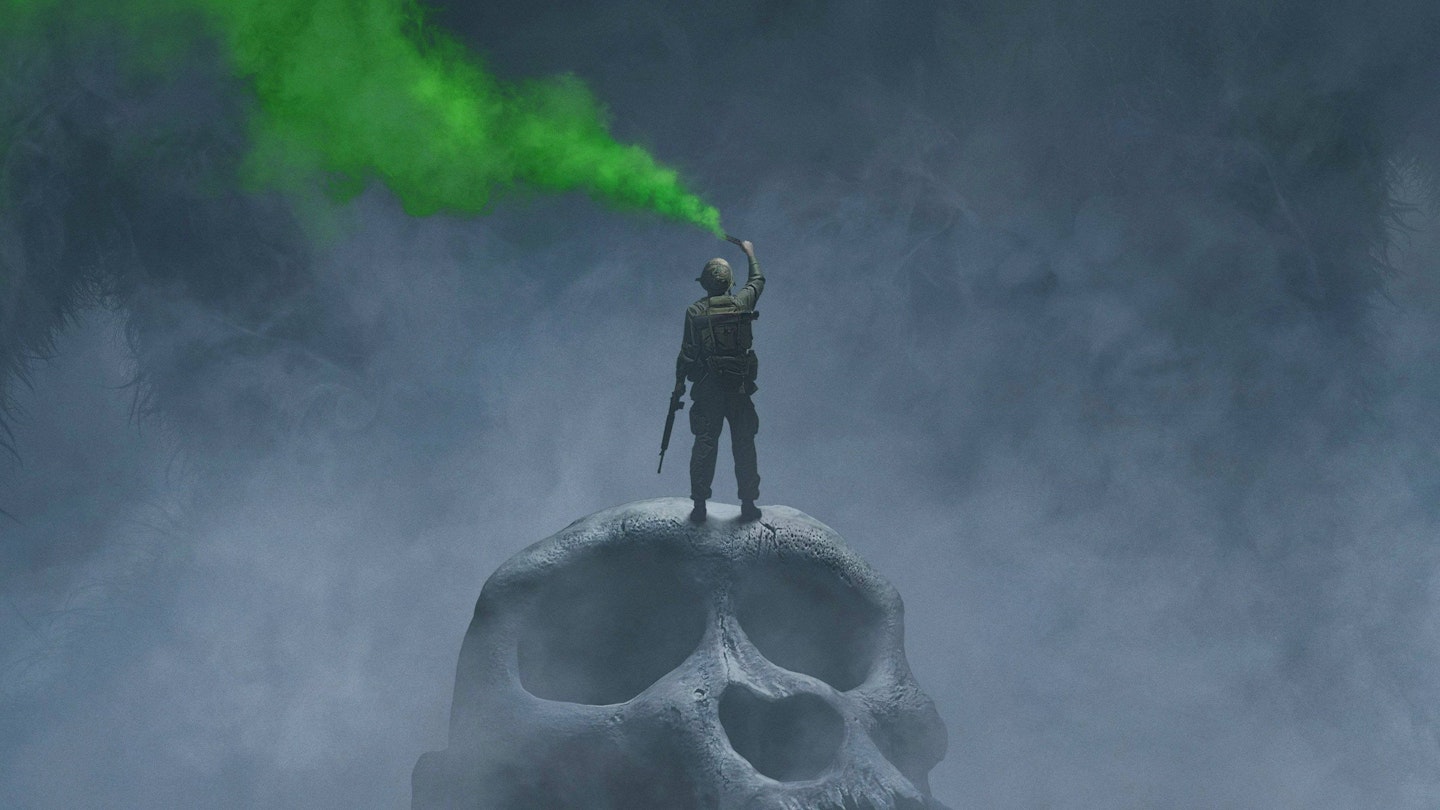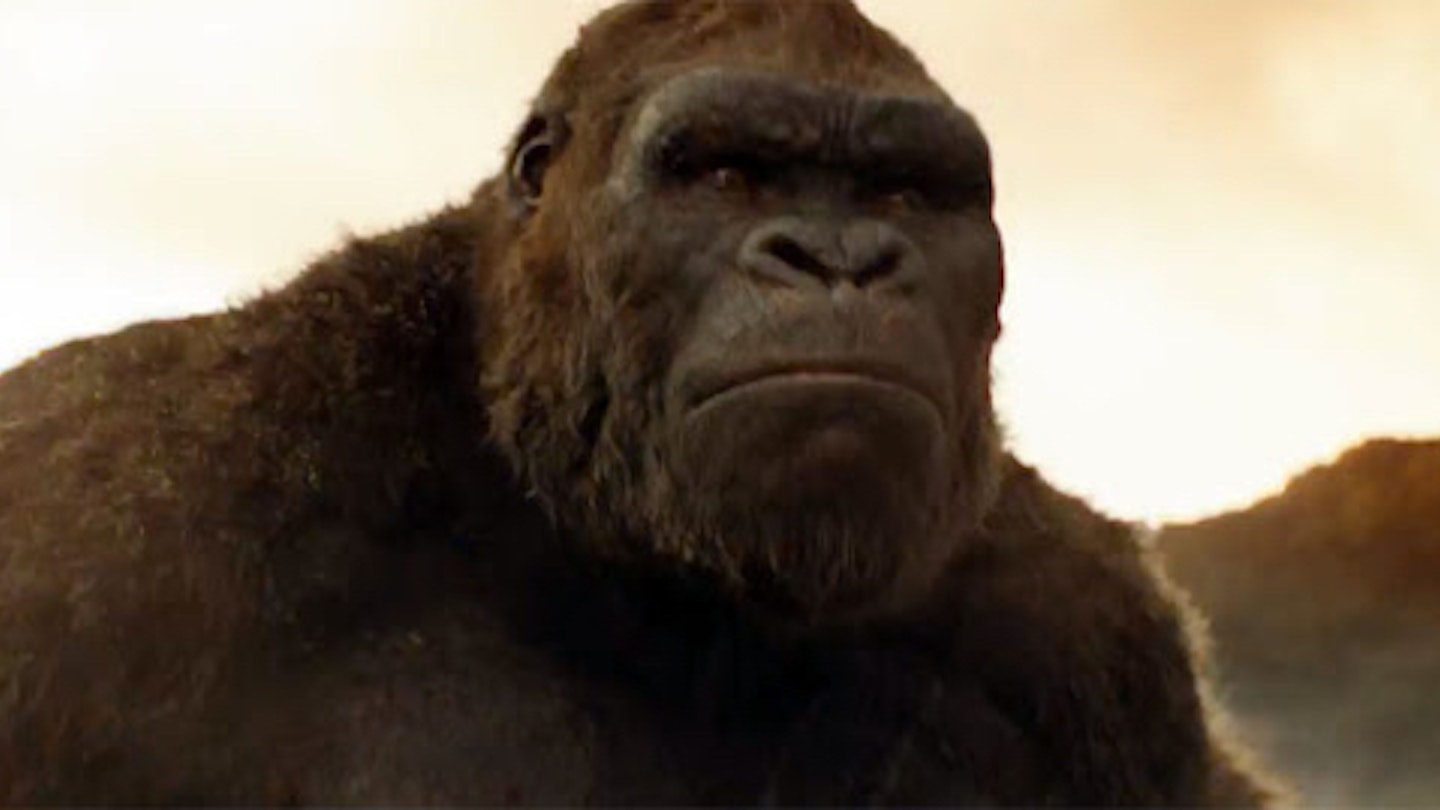During the Vietnam War Captain Benjamin L. Willard (Martin Sheen), a special operative (i.e. assassin), is ordered by military intelligence to find a Special Forces commander who has flipped out and established his own maniacal army in Cambodia, Colonel Walter E. Kurtz (Marlon Brando), and "terminate with extreme prejudice." Willard's journey upriver through Vietnam is superficially an action adventure, but equally obviously an allegory of war's insanity and a metaphor for the journey into one's self. In the last 30 minutes, when Brando makes his appearance as the crazy Kurtz, the film becomes a bewildering philosophical search through improvisation and chaos — for answers and a resolution to the mysteries of madness and evil.
Francis Ford Coppola's astonishing Vietnam epic was conceived in 1969 and developed over five years by gung-ho, pro-war writer John Milius with Coppola's Zoetrope colleague and fellow anti-war liberal George Lucas (originally set to direct) as a loose adaptation of Joseph Conrad's Heart Of Darkness, made pertinent to the war then being fought. The novella is about a man's journey up the Congo to find Kurtz, a cultured man who intended to bring civilisation to the jungle and instead became a savage. Milius' other main source of inspiration was Homer's epic poem about Odysseus's ten-year voyage home from the Trojan War, The Odyssey, prompting Coppola in a moment of levity amid his exhausting travails to dub his movie "The Idiocy."
The struggles and disasters of filming what became Coppola's obsession are legend, the subject of several books and the fascinating documentary Hearts Of Darkness: A Filmmaker's Apocalypse (1991). A 16-week shoot in the Philippines became 238 days of principal photography between early 1976 and summer 77. In the first month Harvey Keitel was fired as Willard because his performance was not sufficiently impassive. The Philippine Army kept recalling its helicopters in the middle of takes to chase Marxist rebels. A typhoon destroyed sets, forcing a hiatus. Stress, frustration, heat, booze and drugs did in people's heads. In March, 1977, Sheen, only 36, suffered a near-fatal heart attack, but returned to the fray five weeks later. Brando showed up overweight and unprepared, forcing yet another re-think of how the hell to end the picture before it killed them all.
Flawed but staggering cinema, the unforgettable Apocalypse Now setpieces are extraordinary (and so ingrained in the popular consciousness they've been lampooned in The Simpsons and Duckman), as is Vittorio Storaro's Oscar-winning cinematography.
The film opens (to The Doors' The End) with an electrifying seven-minute montage of nightmare, memory and foreshadowing as the broken and wasted Willard's demons overwhelm him in a Saigon hotel room. (His indispensible and highly quotable narration, an afterthought during editing, was written by Michael Herr, whose definitive Vietnam reportage in Dispatches had provided another valuable source for Milius.)
Heading for the river aboard the PBR (a naval patrol boat) crewed by Chief, Chef, Clean and Lance (Hall, Forrest, Fishburne and Bottoms), Willard and the men rendezvous with their Air Cavalry escort, commanded by one of the great military loonies of all time, Col. "I love the smell of napalm in the morning" Kilgore (Robert Duvall). Oblivious to shooting, explosions and a cow being airlifted behind him as he barks, Kilgore is a demented, charismatic Duke Wayne in a Stetson who orders a dawn raid and napalm drop on a Viet Cong-held coastal village because "Charlie don't surf," whereas he does. Cue the 15-minute tour de force. The chopper unit takes off at sunrise as the bugler blows the traditional cavalry charge. Kilgore blasts Wagner's "The Ride Of The Valkyries" from his chopper tape deck and dispenses "Death from Above" in fountains of lurid smoke and fire. The scene concludes through a sickly haze of red dust, green and orange smoke with Col. Kilgore's notorious panegyric to jellied gasoline: "It smelled like... victory".
This is but the first of surreal, nightmarish, stoned rock 'n' roll encounters vividly evoking fatal culture clash and the psychoses of war. The nearlymute witness Willard watches, chews gum and empathises with his quarry Kurtz as the boat snakes upriver by way of a meeting with a tiger, Playboy bunnies gyrating for the boys, the berserk and finally cold-blooded massacre of a boat family — lest we begin warming to Willard and the crew — to the "Gates of Hell", an engagement at the Do Long Bridge, the last army outpost before crossing into Cambodia and the scene of an acid trip of flares, fires, gunfire and screams.
On the other side hideous deaths, decapitated heads and the miasma enveloping Kurtz's temple compound await. Even more horrifically, so do the gibbering photo-journalist (Hopper) and the diatribes of the ranting Brando, whose butchering is feverishly inter-cut with the sacrificial slaughter of an ox before Coppola surrenders to an unnervingly ambiguous ending. The ultimate horror ("The horror. The horror.") of this hypnotically strange trip is as close as a film has ever come to crystallizing the reality of the Vietnam War.
